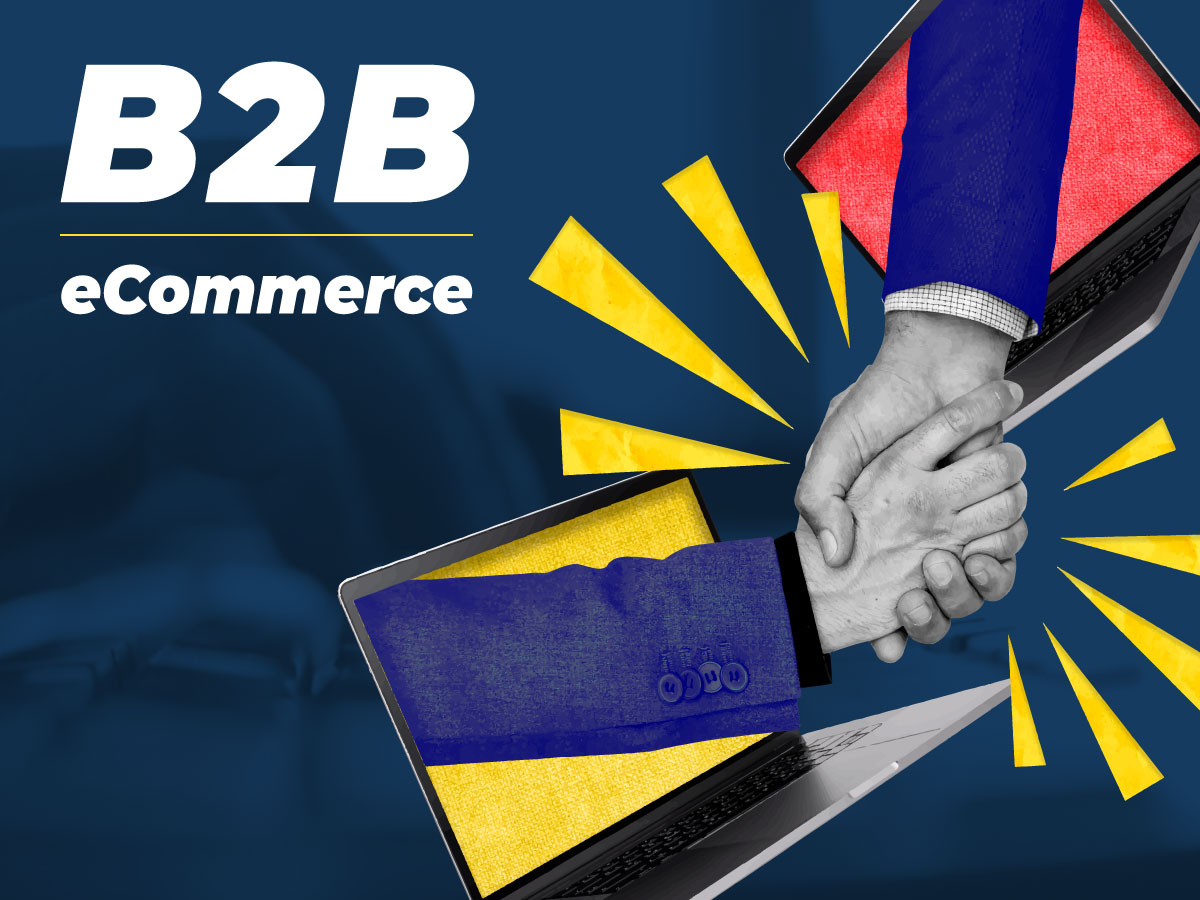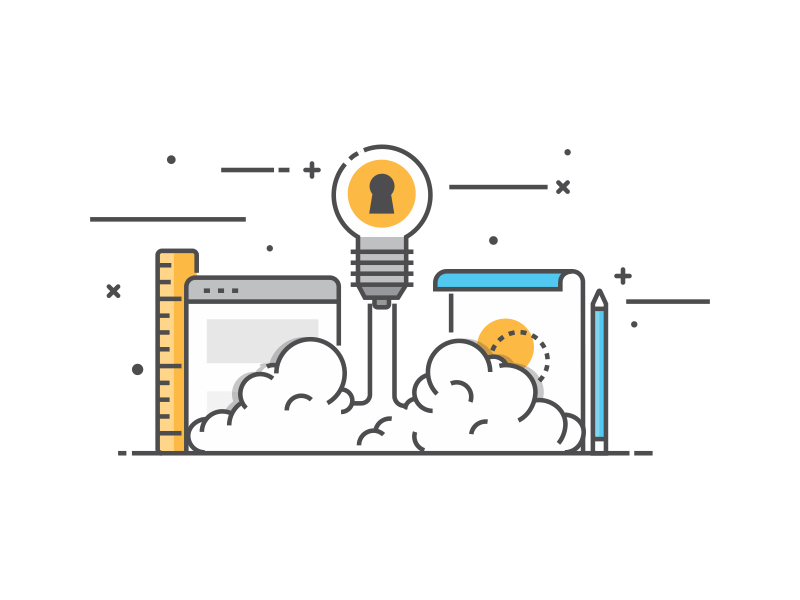B2B is growing rapidly in the world of eCommerce, but what’s the right model for customers as well as colleagues in sales and across the business?
For those working in b2b sales and marketing, it’s a fair statement to say that buyer’s behavior has changed as a result of the COVID pandemic.
- 2/3 of buyers prefer remote human interactions or digital self-service when buying or interacting with B2B organisations – source
- 43% of B2B buyers would prefer not to interact with a sales rep at all – source
- 8/10 B2B leaders report that new, remote sales models are at least as effective, if not more, than traditional models – source
This has resulted in a huge boom in B2B eCommerce. It’s valued at $7.72tn worldwide, and forecast to grow to $25tn by 2028. Remarkably, global B2B eCommerce revenues are currently six times those of B2C eCommerce revenues. But still, for B2B brands, selling online is far from the norm. Ultimately, there is some way to go before B2B digital experiences are consistently as good as the best B2C ones.
So what are the secrets to succeeding in B2B eCommerce? This article will share some tips to help you create the right conditions for B2B eCommerce success.
Choosing the right model of B2B eCommerce
Supplier-oriented: These are online stores that operate similarly to B2C models. They have generic grids of products, buy buttons and shopping carts, etc. These are suitable for smaller items with high-scale demand, such as laptops, machine parts or home office supplies.
Intermediary-oriented: This is the largest segment of eCommerce (about 50% of the market) and is dominated by large marketplaces like Amazon Business and Alibaba. These are suitable for smaller B2B firms that don’t want to invest in their own platforms and are happy to sacrifice control in return.
Buyer-oriented (e-procurement): Often reserves for large organisations with big purchasing power, these platforms act as a marketplace with one customer and many suppliers, where RFPs (request for proposal ) are submitted and the buyer can choose the best fit.
When choosing the right model for your business, it’s always vital to put the customer at the heart of the decision and eCommerce isn’t just a case of making your old sales process digital, rather it’s rethinking it from the buyer’s perspective.
Creating a unique digital experience
Your digital experience needs to reflect your customer’s needs, your brand and the optimal way to engage your products and services.
A survey of more than 1,100 B2B customers showed that customers struggle to distinguish supplier offerings from one another through digital alone: 64% of B2B buyers cannot differentiate between one B2B brand’s digital experience and another. Creating a digital interface that’s unique, represents your brand and provides an intuitive user experience can help capture new sales and boost returning customer sales.
Integrating sales reps into eCommerce
It’s tempting to think of eCommerce as a ‘replacement’ for sales reps, but the successful brands are integrating human sales ‘inside’ the experience. This is because digital is not the end goal, serving customers better is, and there will always be times where the human touch is valued.
Things to consider for your B2B experience can include chatbots, virtual tours or buying guides and live streaming or video could also assist a considering customer.
Staff culture and on-boarding
Technology is only ever as good as the people that use it. Succeeding with eCommerce requires a new cultural mindset of staff willing to accept the digital shift and embrace new technology. Staff should be willing to engage with your B2B digital platform through testing, iterating and treating all mistakes as learning. And creating a growth mindset, where teams feel psychologically safe, is vital.
Jump into B2B eCommerce
We see a huge opportunity to invest in B2B eCommerce in 2021. Research firms predict this segment will more than treble in size in the next seven years.
We recommend a dedication to put customers first, integration with existing sales processes and technology, and a culture which supports small moves, learning and experimentation. Speak to us about integrating eCommerce with your business today.








